English
繁體中文
简体中文
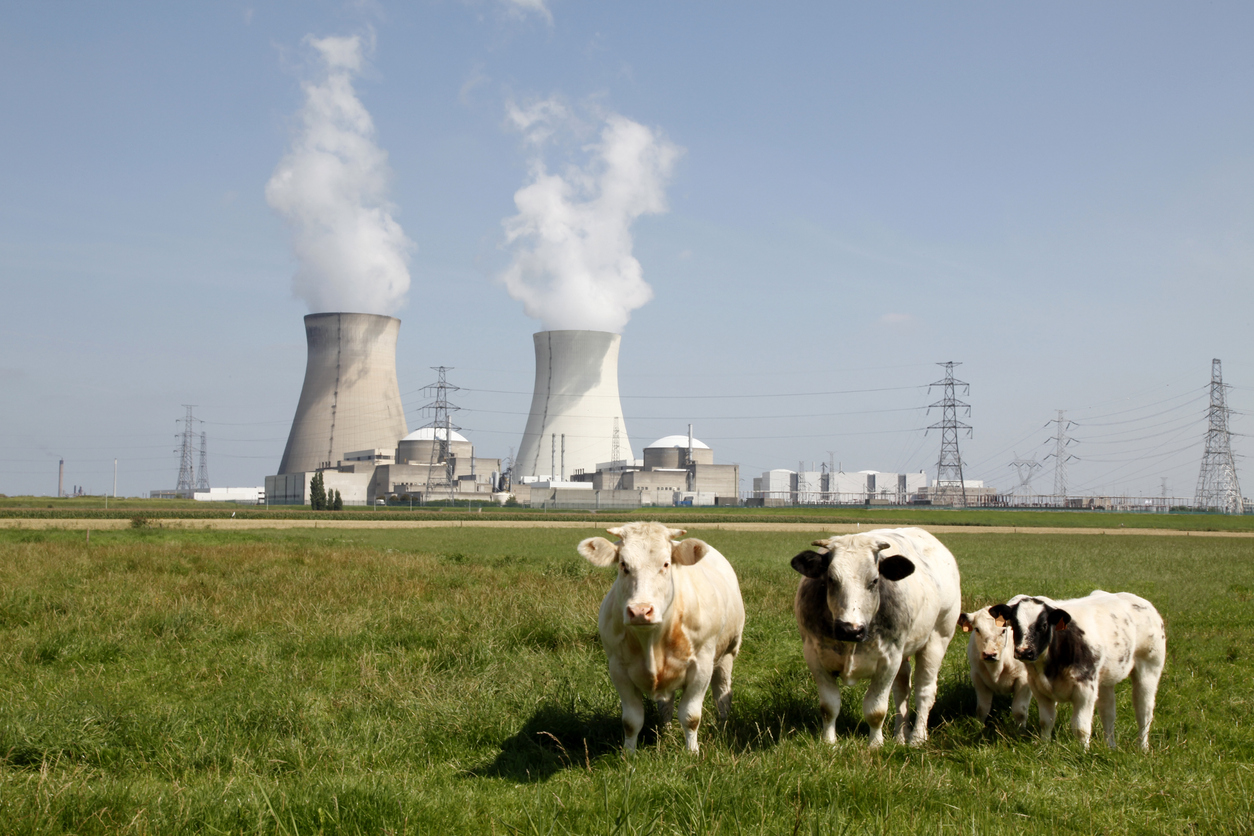
When you savor your favorite steak, you might not realise the hidden impact of your meal. According to CUHK, the rising meat consumption in mainland China is significantly worsening air pollution in less affluent regions. This is deepening the health and environmental divide between the rich and poor. So, your dietary choices are not just about taste—they’re influencing the air quality and lives of many others!
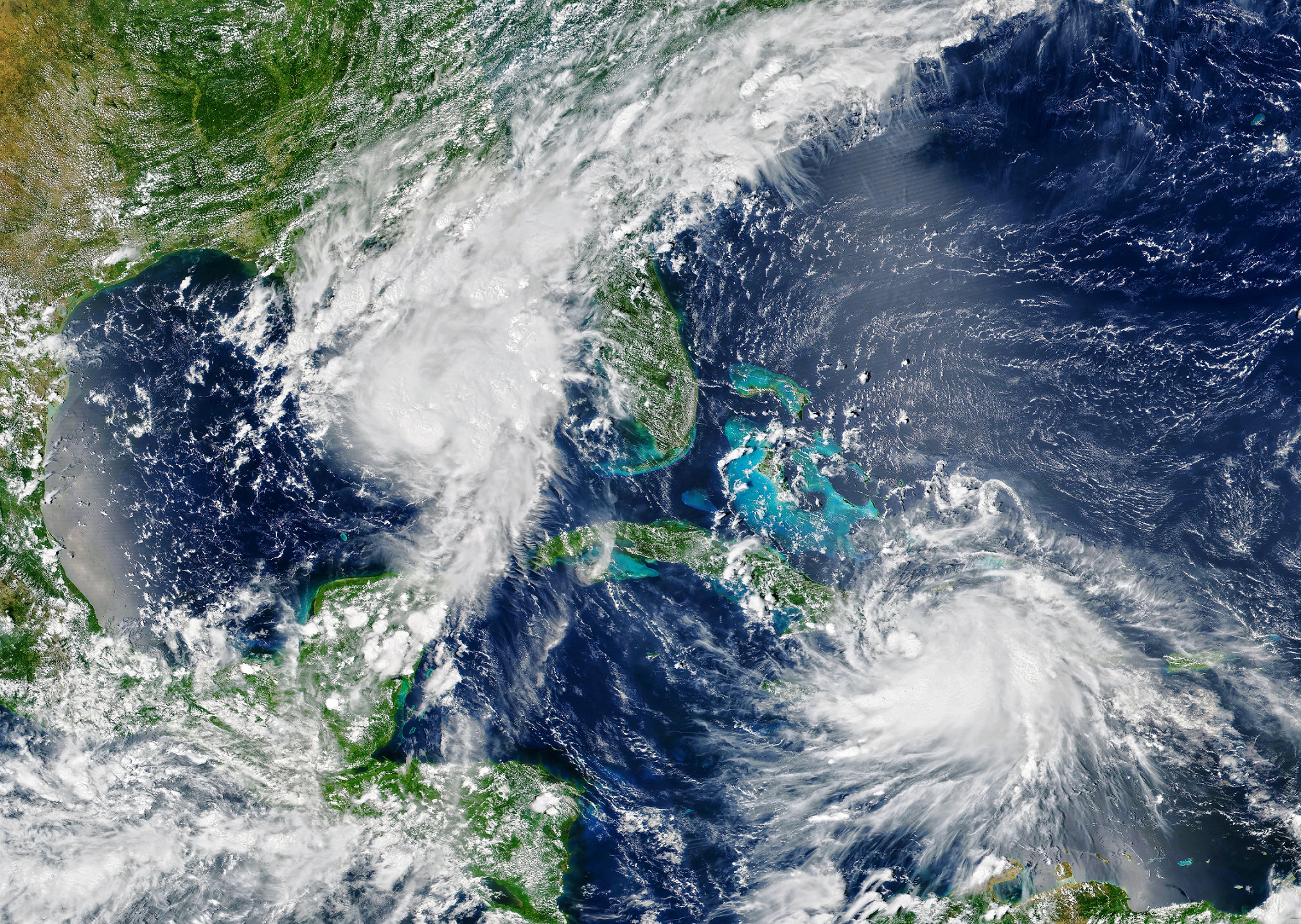
FengWu is not your typical weather forecaster. Forget the human touch – this AI-powered marvel is a game-changer in meteorology. Imagine a forecaster with vision so sharp, it’s like upgrading from a blurry old TV to the latest 8K ultra-high-definition screen. FengWu’s spatial accuracy are over seven times than current weather models. And it doesn’t just stop at tomorrow’s weather; FengWu can peer into the future with stunning accuracy, extending reliable forecasts up to an incredible 11.25 days. It’s not just forecasting the weather; it’s rewriting the rules of the game.
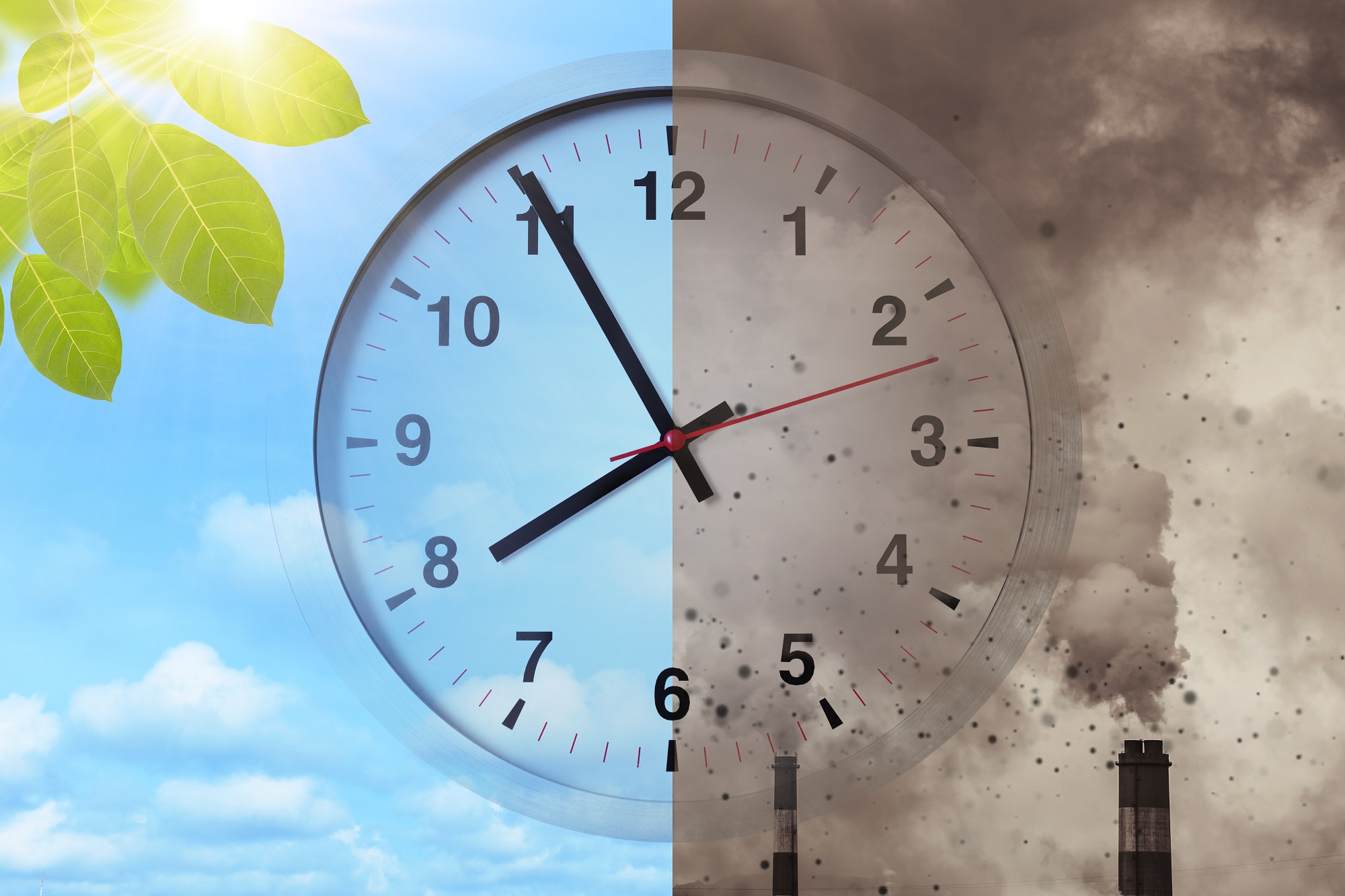
Tick-tock, tick-tock: the climate clock is making an alarming sound, counting down the amount of time we have left to save the earth. Scorching heat and potentially devastating flooding are both on the rise. Two recent CUHK studies have explored what we can do about that: while one is helping the authorities map floods and take contingency measures, the other predicts an ever hotter future, and suggests ways we can mitigate the heat’s most debilitating effects.
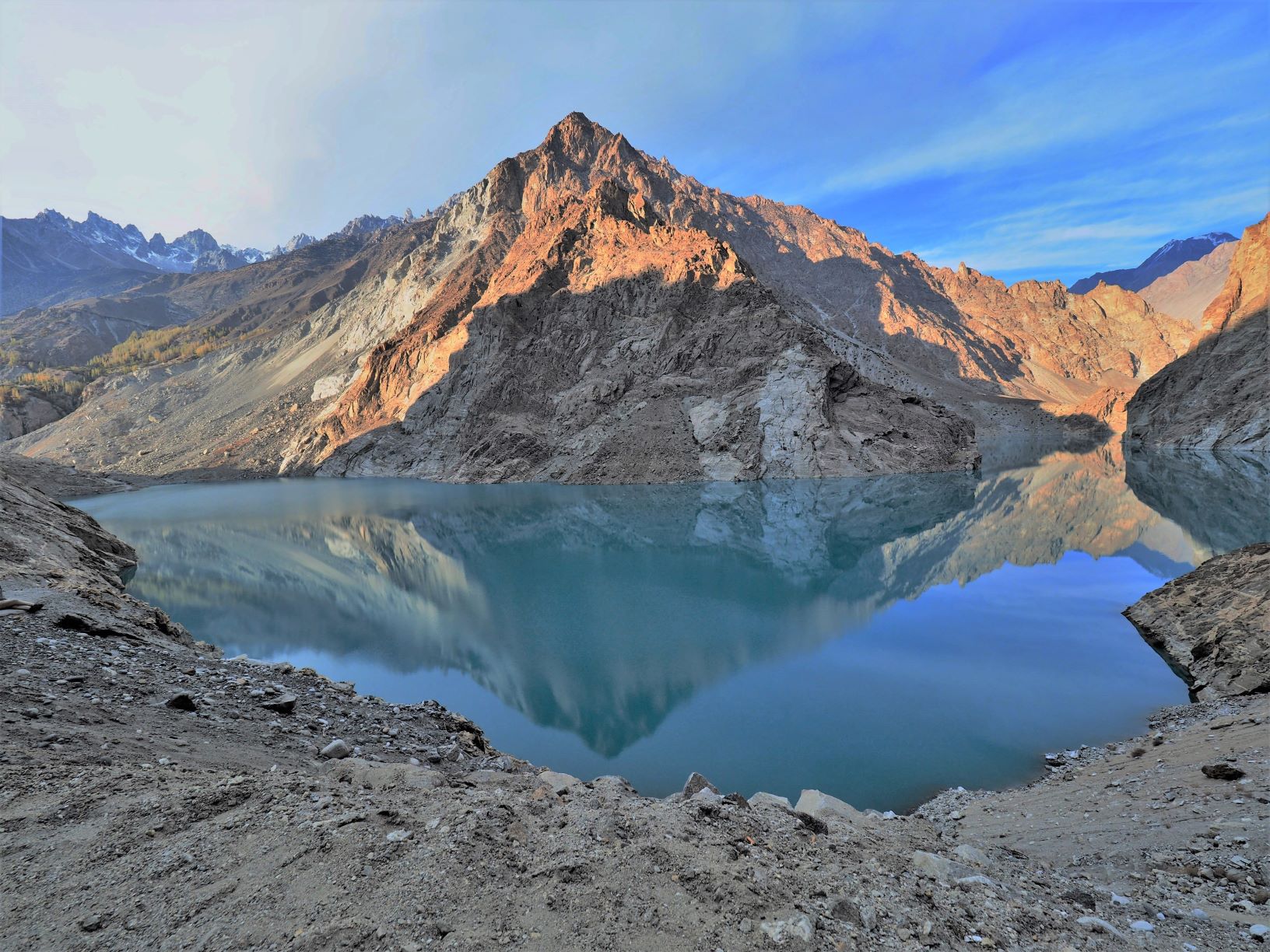
Over 100 earthquakes of magnitude six or higher occur globally each year, according to the United States Geological Survey (USGS), causing numerous casualties. While plate tectonics are their primary cause, along with other factors such as volcanic activity, understanding and predicting their occurrence remains elusive. Now, a CUHK study has unearthed a novel cause: the stress exerted on faults by landslide-dammed lakes. It offers valuable insights for earthquake risk management and prediction.

Picture the tropical forest - hot, humid and full of obstacles. The dense plant life, uneven terrain and wild animals make it extremely difficult for researchers to monitor temperatures near the forest floor, crucial data for understanding the impact of climate change. Yet CUHK scientists have braved this inhospitable realm, overcoming immense challenges to discover cooler microclimates close to the ground, and offering vital clues about how these precious ecosystems are responding to our warming world.

Prepare to be amazed by what kombucha can become. CUHK researchers have discovered that this beloved beverage holds the key to eco-friendly food packaging. It can be used to make a bio-based material that stretches like plastic but decomposes naturally, promising to revolutionise packaging. Best of all, it’s harmless and can even be eaten. Goodbye plastic pollution, thanks to the extraordinary potential of kombucha.

Tick-tock, tick-tock: the climate clock is making an alarming sound, counting down the amount of time we have left to save the earth. Scorching heat and potentially devastating flooding are both on the rise. Two recent CUHK studies have explored what we can do about that: while one is helping the authorities map floods and take contingency measures, the other predicts an ever hotter future, and suggests ways we can mitigate the heat’s most debilitating effects.
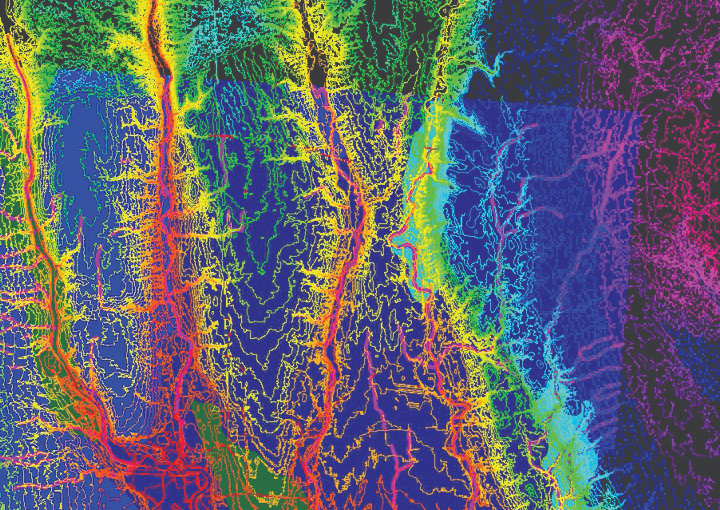
Applied geographers use a variety of techniques to understand and explain human-environment relationships and solve real-world problems. The rapid development of geographic information systems (GIS) and other technologies in the past few decades has greatly expanded the reach of applied geography. Professor Kwan Mei-po, internationally recognised for her ground-breaking work that advanced GIS techniques, is dedicated to finding innovative ways to accurately assess people’s environmental exposures and the impact on their health, with an emphasis to capture individual experience.

It’s everyone’s worst nightmare: out of nowhere, a giant wave sweeps in from the sea, ending lives and destroying property with indiscriminate ferocity. While we can forecast bad weather, tsunamis triggered by giant submarine volcanic eruptions can devastate places and populations with very little warning. CUHK Professor Tan Yen Joe is trying to collect data that will allow scientists to better forecast the eruption of undersea volcanoes, potentially saving thousands of lives and sparing people untold misery.

With many places around the world opening up and dropping travel restrictions, plenty of sun worshippers and tan lovers will be seeking sun at the beach over the coming Christmas holidays. To protect your perfect tanned skin from sunburn, sunscreen is a must, but some use chemical ingredients which can irritate skin and are harmful to the environment. A CUHK scientist has developed a new ingredient for sunblock that is both effective and comfortable to wear, while avoiding potentially harmful chemicals.
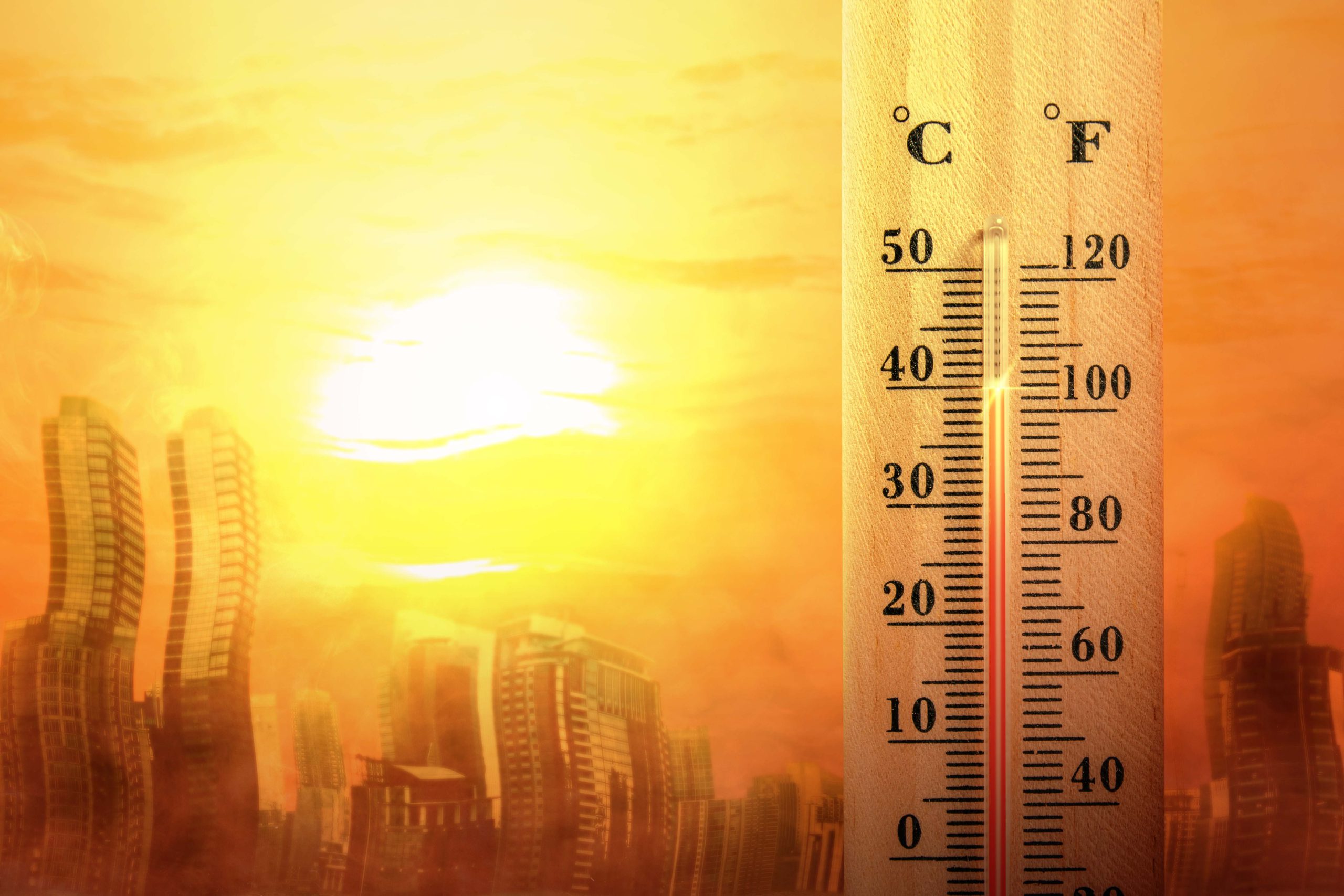
A summer of heatwaves has wreaked havoc on human health, food security and natural ecosystems all over the world this year. With climate change on the march, Hong Kong, as a tiny dot on the map, can’t escape its effects. CUHK experts on climate change, earth and environmental sciences, and architecture discuss what the consequences could be, and what can we do to alleviate them.

After five years of effort, the first image of Sagittarius A*, 26,000 light-years away at the centre of the Milky Way, produced by the Event Horizon Telescope, has proved it to be a supermassive black hole. A CUHK scholar and a student from the Department of Physics are Hong Kong’s only participants in the team and have studied the simulation of gas movement and the mechanism of infalling gas around the black hole using supercomputers to help unravel the mystery of black holes.

The birth of the universe is always a mystery, as are its stars and galaxies. A CUHK professor has played key roles in an international astronomers’ 6-year project to produce maps of 10,000 galaxies using a new fibre-bundling technology while also collecting data on 24,000 stars in the Milky Way to help assess star populations in more distant galaxies light years away.
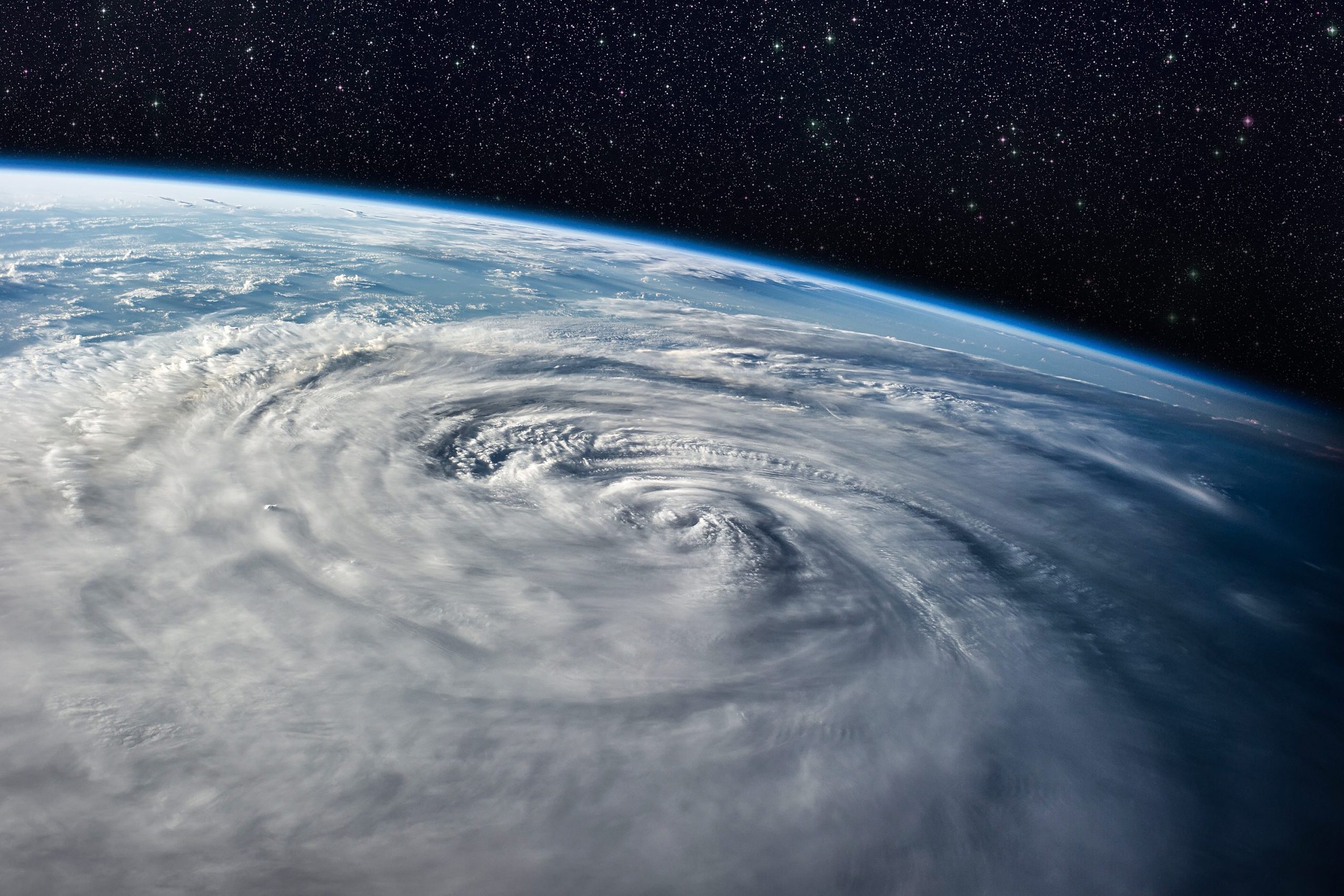
Over the past 40 years, there has been a marked increase in powerful super typhoons in the Pacific like Typhoon “In-fa” and “Cempaka”. From analysing recent typhoons and making projections based on a high-resolution climate model, a CUHK research team revealed that typhoons in Asia could be more intense at landfall, last longer and potentially double their punch by the end of this century, and they will travel further inland and do much more damage if global warming continues.
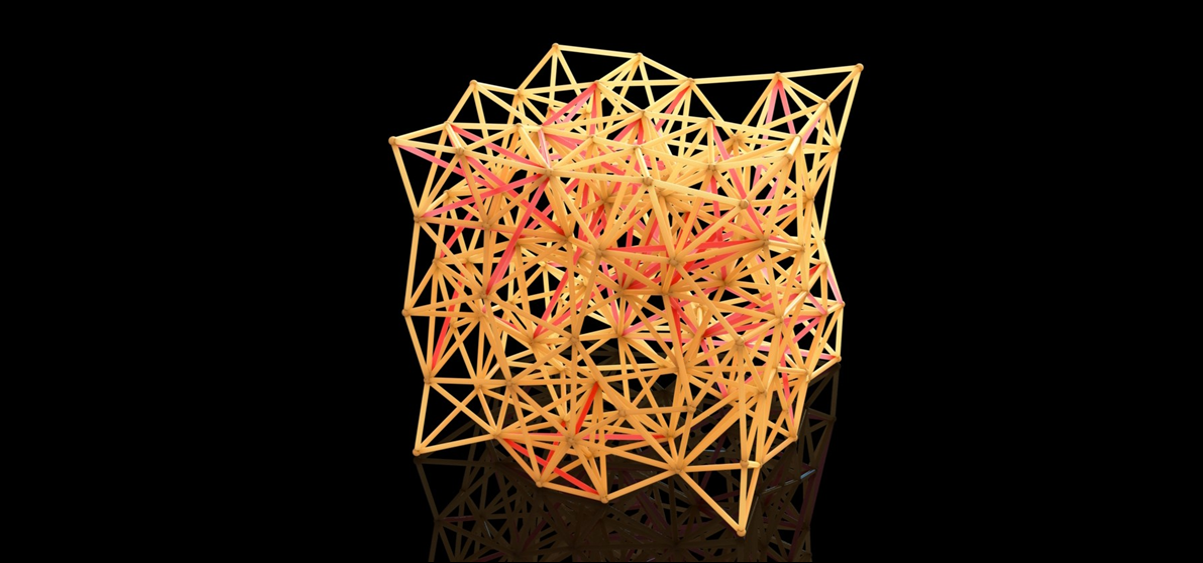
A material that can respond flexibly to external environment with freely adjustable properties of softness, hardness and size, shows promising potential for developing smart materials used in industrial or protective equipment. All this was once imaginary to many but it has been discovered by a CUHK physics team, using a unique network structure of packed particles to explore the topology of materials at the point of transition to elasticity.
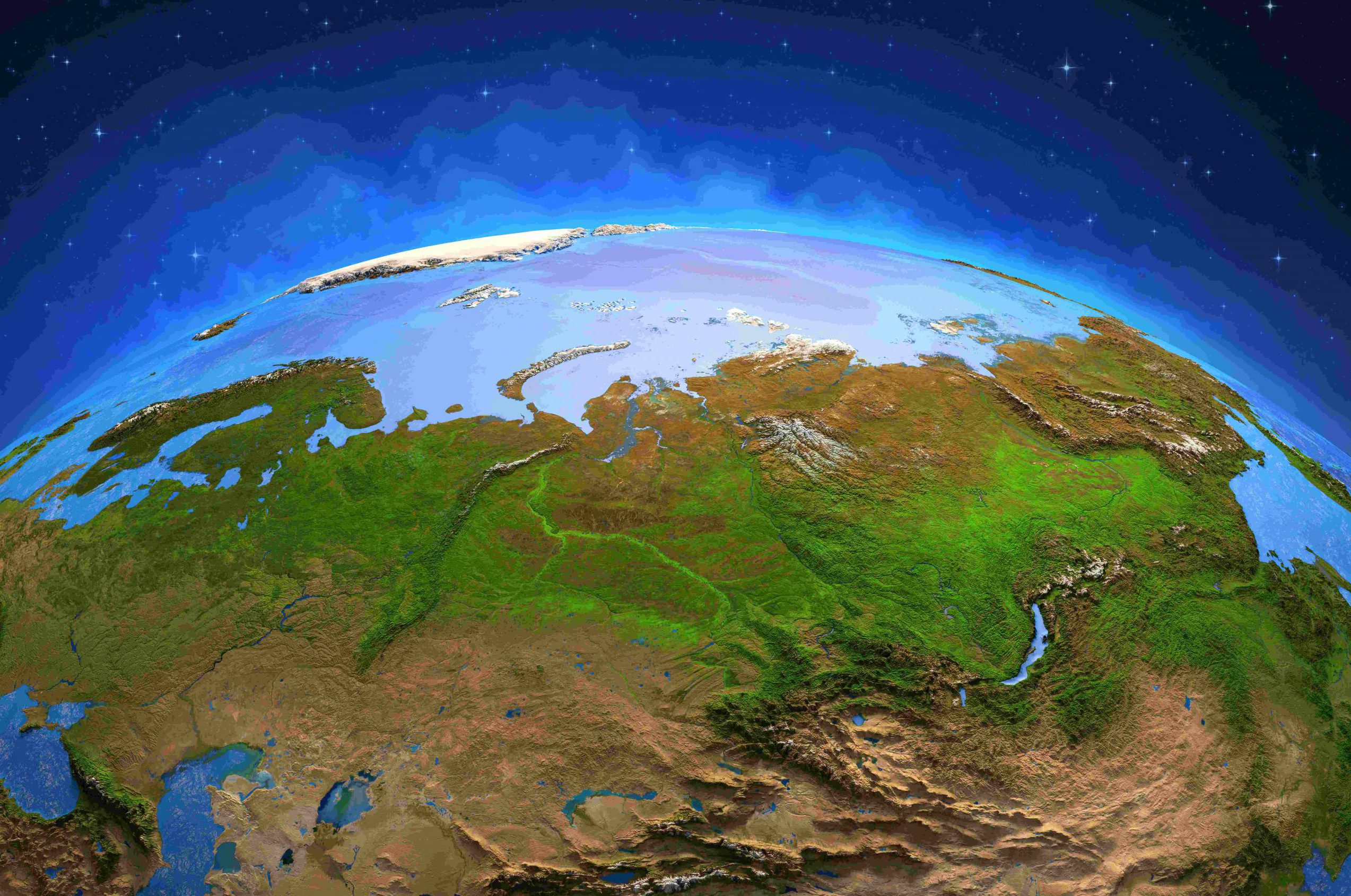
Current technology like satellite remote sensing is sharper and faster than the human eye in studying earth terrain for climate change effects but limited in detecting changes to landscape from massive and vast permafrost thawing. A CUHK geophysicist has developed an AI tool “DeepThaw”, a unique algorithm fed by massive numbers of satellite images to detect destabilised slopes over a wide area automatically to address the risk our cryosphere is facing.

A dedicated young professor has developed algorithms which compute out a pure maths theory into the real world. Computational Quasi-conformal geometry (CQC), which maps out images of human organs like the brain, can be used to accurately detect abnormalities. Doctors used to analyse medical images with their eyes, but now maths gives them an accurate, efficient picture in 3D.

Research results show that physical distancing can only be relaxed in ratio to the rate of vaccination in the city’s population until herd immunity is achieved. A CUHK team developed a social contact index (SCI) which quantifies the effect of distancing and vaccination combined, to bridge gaps between intervention measures and disease transmission.

Advancing high-performance chips is the principal ambition of the semiconductor industry. Global demand for electronic products is buoyant. A recent study found that the average calligraphy ink is perhaps key to a low-cost, streamlined and environmentally friendly material deposition technology, helping to cope with the growing demand for chips with high applicability.

You fend off the heat on a scorching day but it's at night when you recover- or not, if that's hot too. Consecutive “hot nights” spell increased risk to health, even death, particularly in women and the elderly. Now Hong Kong researchers are telling metropolitan cities to be smart and improve urban greenery planning to combat “hot nights”.

Travelling from the core of collapsing stars, newly detected gravitational waves may tell us about the meltdown which leads to these massive supernovas. Thrust into the universe from the explosions of dying stars, their ashes give birth to new worlds, so understanding supernovas is a step to ultimately understanding our origins.
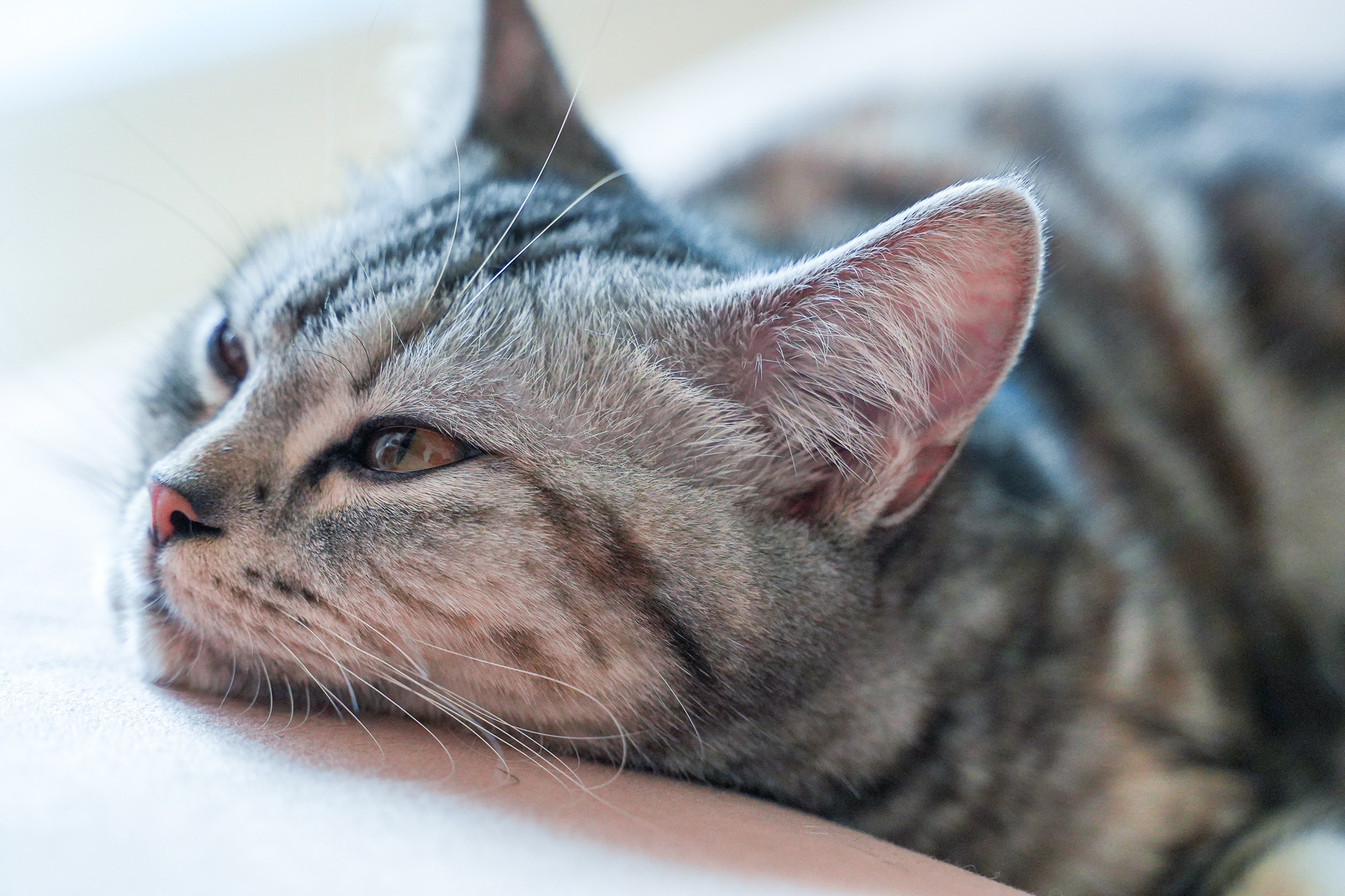
Thanks to “Senzu”, an American shorthair, and joint CUHK-Japanese research, precision veterinary medicine will be driven forward. Advanced genomic technology has produced a genome that is much more complete and genetically resembles modern cats more than the one that was published in 2007 from an Abyssinian, “Cinnamon”.
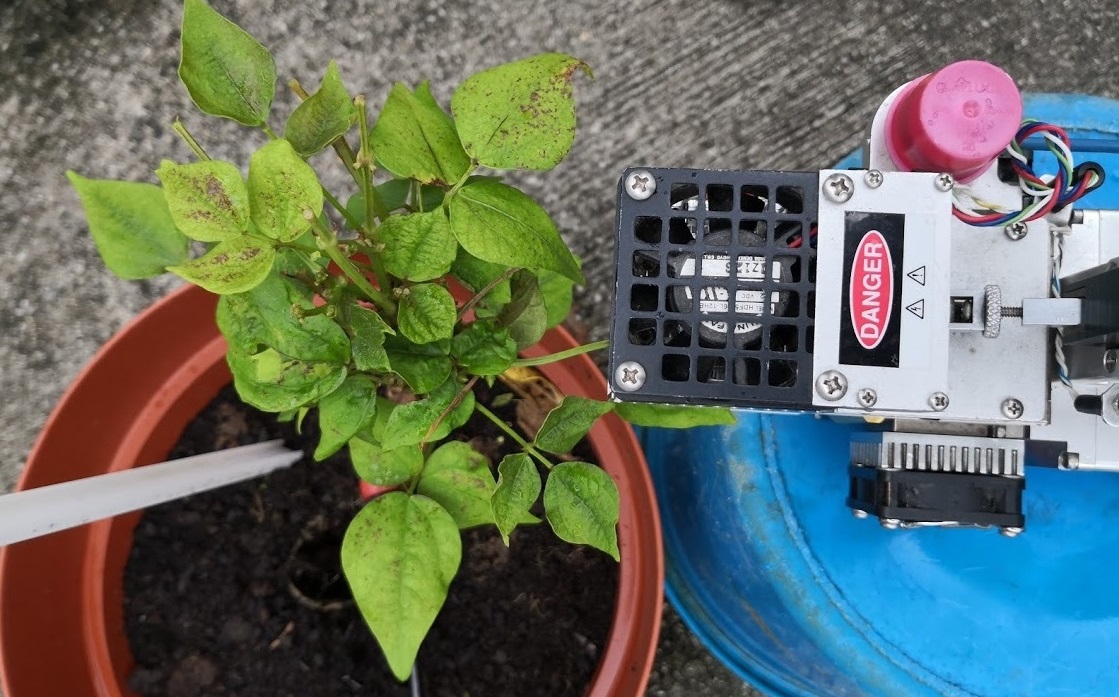
An “ozone garden” is where a CUHK research team studied bean plants attempting to grow under Hong Kong’s rising ozone skies in the first plant-based measurement of ozone in the South China Region. Even though it was Spring and in the countryside, the ozone eroded the beans and stressed them into opening more flowers, forcing them to wither more quickly.
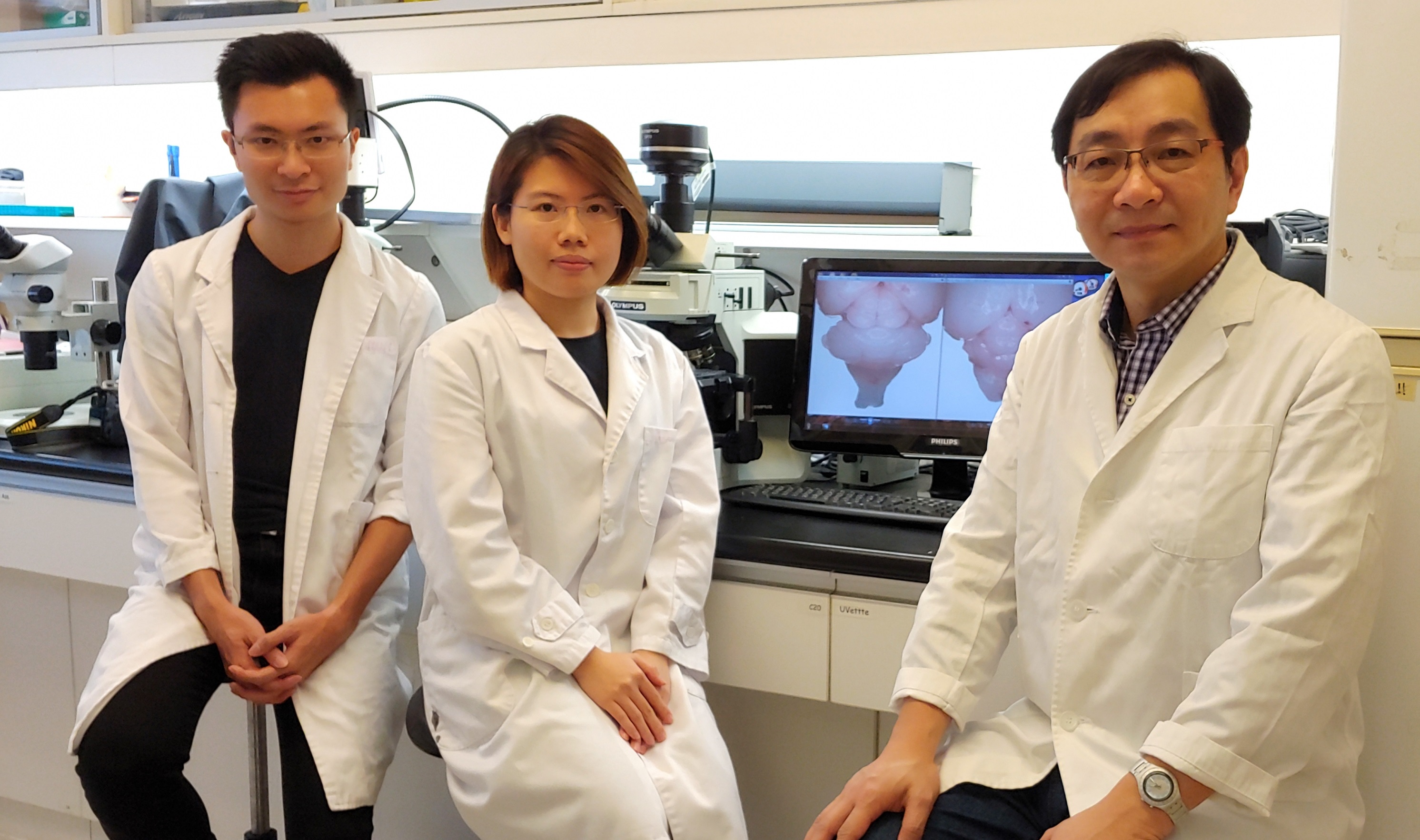
Doing something simple is how a CUHK researcher describes finding an essential mechanism to regulate alterations in neuron types that can harm the brain and cause neurological diseases. “By simply adjusting the strength of certain extrinsic signaling cues……” he says, and there lies an important path into stem cell biology.